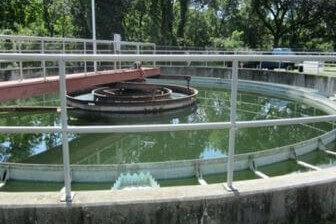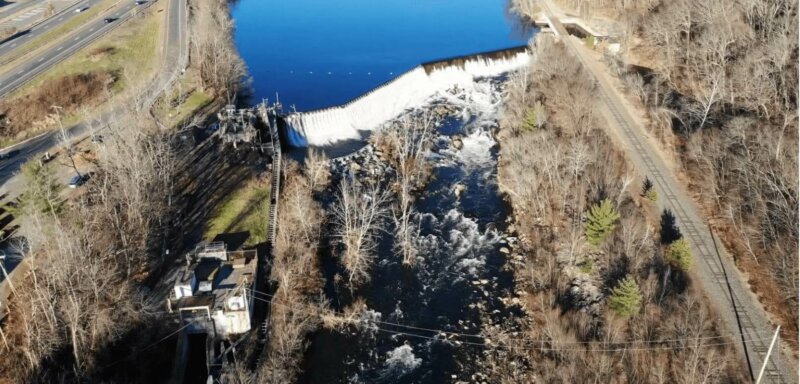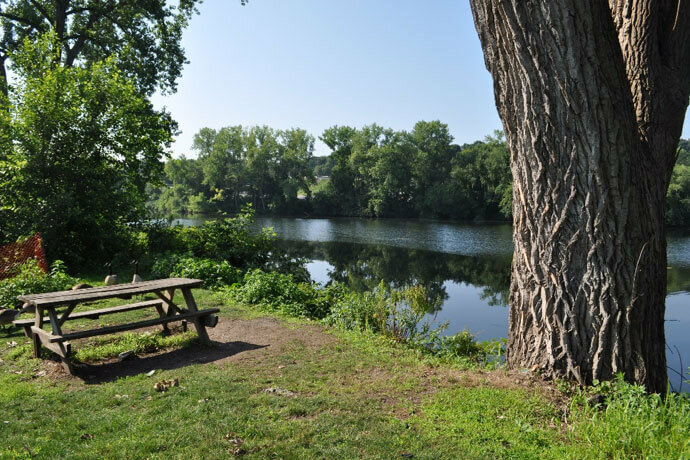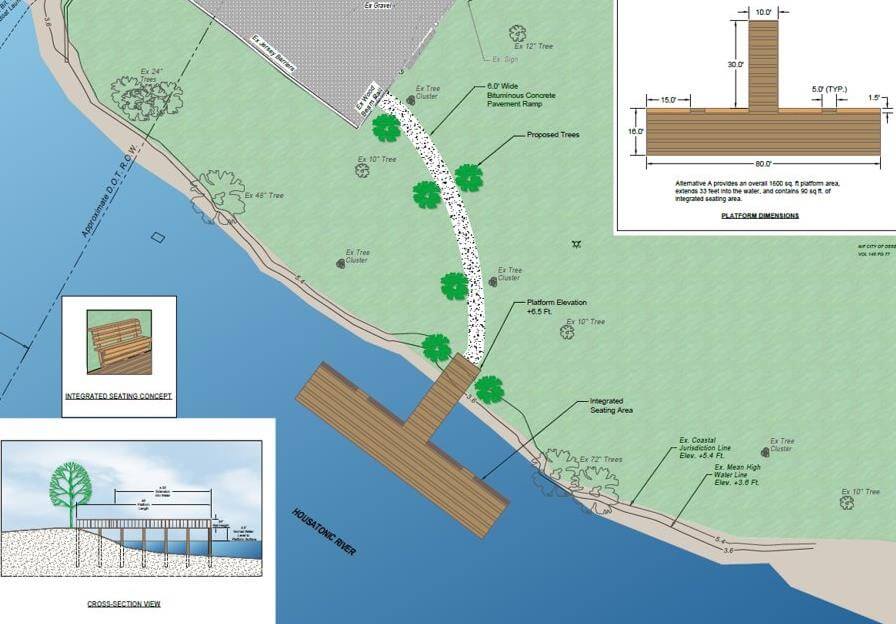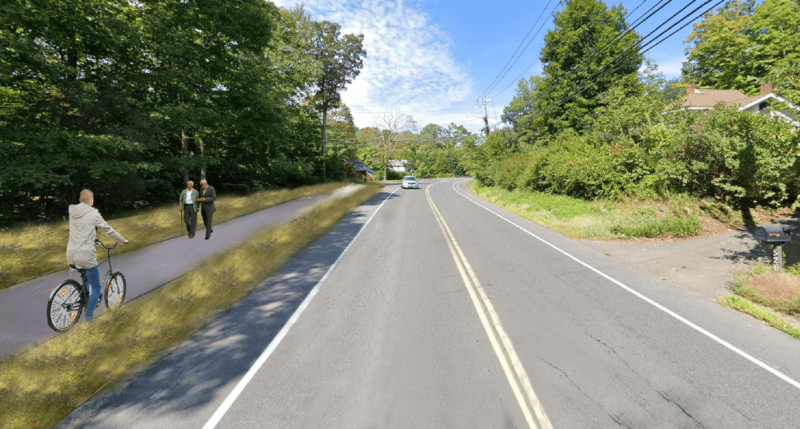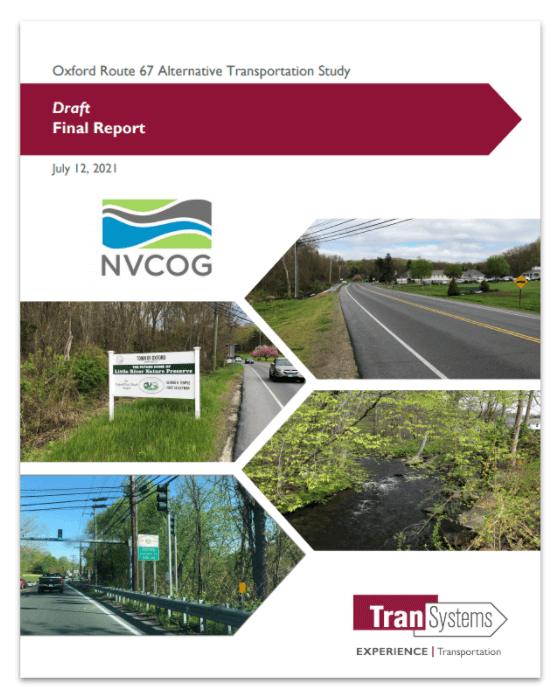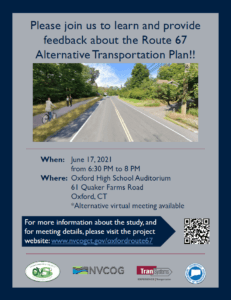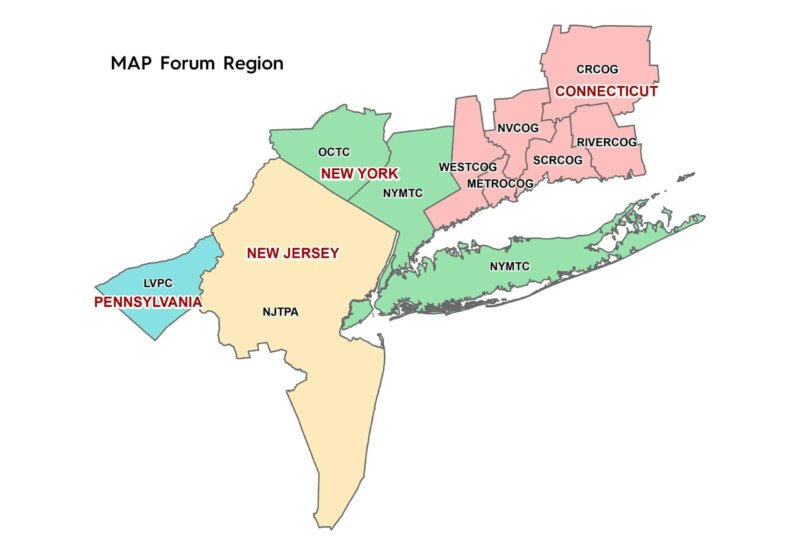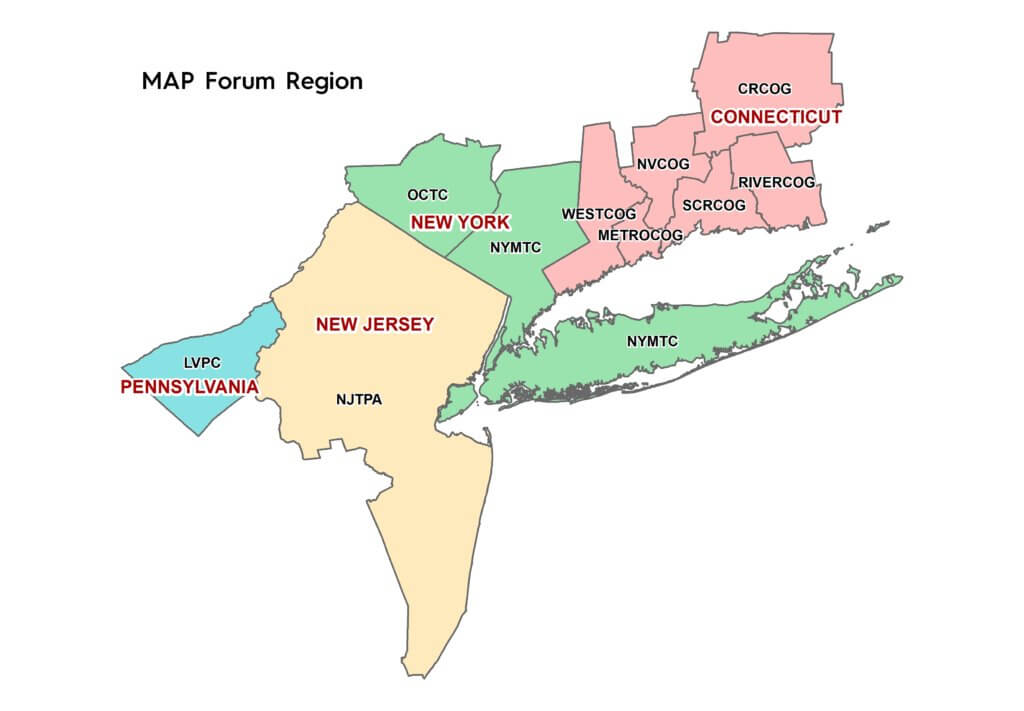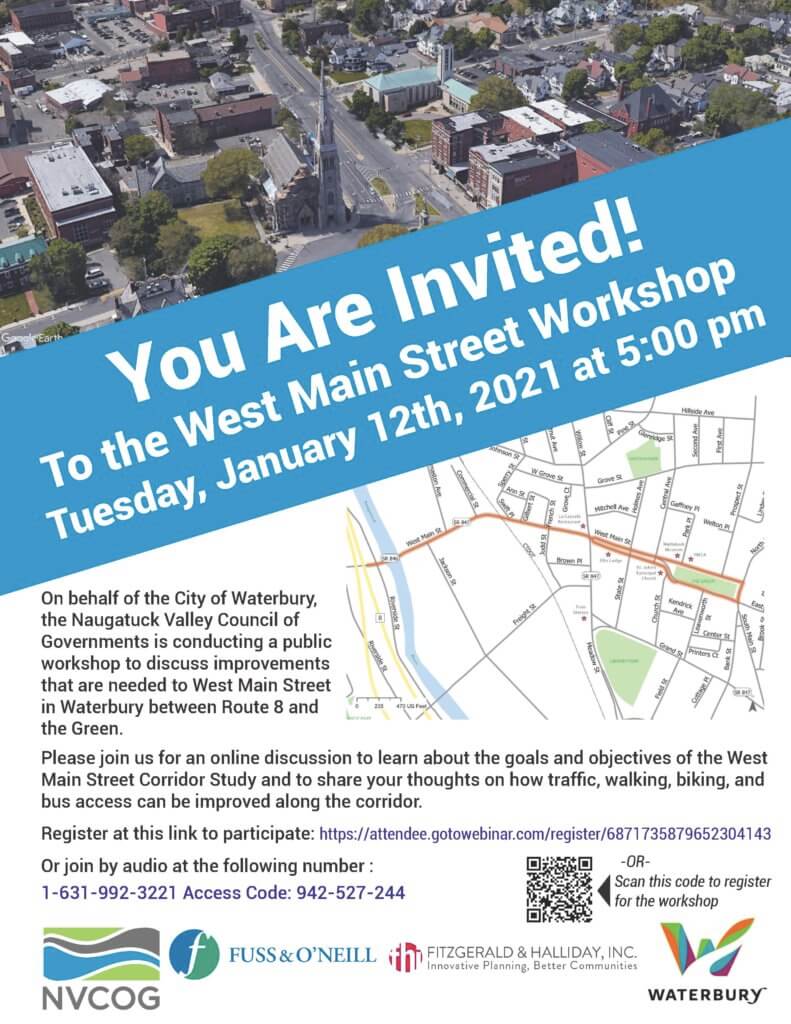Regional Study Recommendations to be Presented in Public Meeting on Wednesday, January 26
Recommendations from the Naugatuck Valley Council of Governments (NVCOG) Regional Wastewater Treatment Consolidation Study will be presented to the public during a meeting at Ansonia High School, 20 Pulaski Hwy, Ansonia at 7 p.m. on Wednesday, January 26, 2022. The presentation will provide details of the projected $66.5 million in savings that would result for Seymour, Ansonia and Derby if the three towns regionalize wastewater treatment operations. Masks are required to be worn by participants inside Ansonia High School. Residents who want to log in virtually to participate in the meeting can do so via Zoom: https://tinyurl.com/NVCOG-Zoom
The public can also watch the presentation live on YouTube: https://tinyurl.com/NVCOG-YouTube
Funded primarily by a $1.35 million grant from the state Office of Policy and Management, the study began in April 2018. It provides a preliminary analysis of the region’s ability to increase capacity for properly treating wastewater in a consolidated facility or facilities, thereby leading to a reduction in long-term state and local capital improvements and a reduction of user fees. Study reports and findings can be found on the study’s webpage at: https://nvcogct.gov/project/current-projects/regional-wastewater-treatment-consolidation-study/
Should the three municipalities choose to move forward in consolidating wastewater treatment operations, they would form a regional entity to oversee a shared treatment facility and wastewater collection systems, set rates and decide the most economical way to operate the system. The three communities would need to take an active role in pursuing the savings via the creation and support for the regional entity. An underlying assumption to the study is that the long-term savings from consolidating the systems would be passed on to ratepayers.
The study features two components, an Engineering Component conducted by Black & Veatch Inc, of Overland Park, Kansas (Black & Veatch) and an Economic Analysis & Governance component conducted by the Edward J. Collins Center for Public Management, UMASS, Boston (The Collins Center).
According to Black & Veatch, the most important conclusion from this detailed and extensive study is that regionalization of these wastewater systems is more cost effective long-term than the current scenarios of maintaining separate wastewater treatment. Also of critical importance is that the recommended regional alternative provides more environmental benefit than any of the other alternatives studied.
During the January 26 informational presentation, residents will have the opportunity to learn how the study was conducted, methods used to collect data and how findings were derived. Recommendations for an organizational structure, bylaws and representation for a regional wastewater treatment authority, per the State of Connecticut’s model legislation, will also be detailed.
The study’s Phase I analyzed the wastewater treatment operations in Ansonia, Beacon Falls, Derby, Naugatuck and Seymour for consolidation potential and corresponding savings. It produced 23 possible consolidation alternatives. Phase I findings were presented to the legislative bodies of each municipality in April and May of 2019.
Phase II began in March 2020 and refined the list to a final preferred alternative presented to stakeholders in a June 2021 workshop. Savings projections were refined in the following months and presented to stakeholders during a November 9 workshop.
The following is a study timeline and potential next steps in utilizing its findings:
April 2018: NVCOG executes a contract with Black & Veatch to conduct Phase I of the study’s Engineering Component. Analysis begins of wastewater treatment plants in the municipalities of Ansonia, Beacon Falls, Derby, Naugatuck and Seymour for potential consolidation and/or the sharing of services. Tasks include a review of existing planning documents and assessments of current facilities and collection system infrastructures.
March 2019: Phase I concludes. Black & Veatch and NVCOG staff present findings to the legislative bodies of the five municipalities in April and May.
March 2020: Phase II commences a more extensive technical and engineering analysis, as well as identification of a short list of alternatives and preferred alternative(s) to the systems currently in place.
May 2020: The study’s Economic Analysis & Governance Component begins, conducted the Collins Center. This component will analyze capital and operating and maintenance (O&M) costs of the currently separate facilities (base case) for each jurisdiction that will be included with the preferred alternative regional wastewater system(s). It will also recommend a governance model(s) for the preferred alternative regional wastewater system(s), including draft by-laws for the representation model and wholesale rate-setting procedures.
June 2021: Black & Veatch presents its final preferred alternative in a regional stakeholder workshop. The proposal would merge the wastewater treatment operations of the Cities of Ansonia and Derby and Town of Seymour at one plant, located at the site of the current Ansonia facility.
January 2022: Black & Veatch and The Collins Center present study findings and recommendations to the general public during a public meeting at Ansonia High School.
To achieve wastewater regionalization, recommended ‘Next Steps’ would involve establishing a wastewater consolidation committee with representatives from each municipality that has independent legal representation. The committee would then move forward with the following actions:
Step 1: Finalize cost allocation methodology
- Negotiate a cost allocation methodology which will require further financial modeling
- Hire asset valuation consultant to assess existing value of infrastructure (either through NVCOG facilitation or via an inter-municipal agreement) Incorporate the cost allocation scheme into a separate legal agreement or the proposed Sewer Ordinance and Bylaws establishing and defining a proposed Naugatuck Valley Wastewater Pollution Control Authority.
Step 2: Finalize all legal foundational documents
- Vet the cost allocation agreement, ordinance, and bylaws with legal counsel, DEEP, and other stakeholders
- Develop the preliminary plan of operation (either through NVCOG facilitation or via an inter-municipal agreement)
- Legislative bodies adopt cost allocation agreement, ordinance, and bylaws after preferred public engagement process
- Receive approval of the ordinance and preliminary plan of operation from DEEP Commissioner and State Treasurer
Step 3: Implement the regional WPCA
- Appoint Directors to regional WPCA Board of Directors
Note: All future steps the responsibility of the Board consistent with the legal foundational documents and the preliminary plan of operation.

